
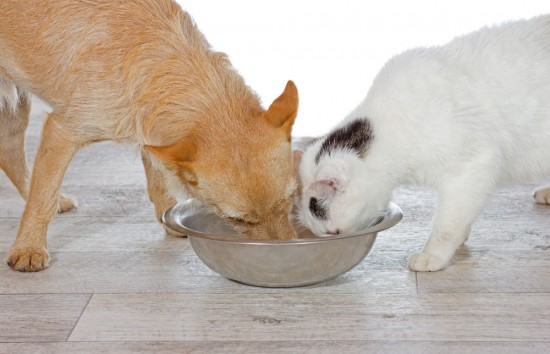
If you keep more than one pet, whether they are of the same species or are a mixture of cats and dogs, feeding times can be a challenge! Often, if you keep pets of the same species, you can feed them all at the same time, with the same foodstuffs, and in the same quantities, although the chances are that at some stage over the course of their lives, you will have need or cause to have to feed them separately as well. Feeding different animals in different ways or different foods can be difficult, particularly if you need to feed them at different times, add medications to food, or carefully monitor one of your pet’s food intakes. However, the good news is that it doesn’t have to be impossible, and there are a variety of different ways in which you can go about organising your household’s pet feeding schedule to account for all of your pet’s various needs. Read on to find out more!
As mentioned, many households feed their pets of the same species the same foods at the same times, and the animals can all eat together side by side without any major problems arising. Feeding simultaneously side by side can even work out well with cats and dogs that each of course have a different diet, providing that your cats and dogs respect each other’s food and bowls and do not seek to share or push each other out and eat inappropriate foods! Often, a good and relatively simple way to feed cats and dogs different foods but together is to feed dogs at floor level and cats on a worktop or other raised surface that is out of the dog’s reach, and to train your dog not to scavenge your cat’s food. Generally, cats will not seek to eat dog food unless they are particularly hungry, and normally, dogs will eat all of their meal in one go and not graze throughout the day as is the way with cats, so this is not a problem in the majority of cases.
There are multiple reasons for why you might find that you need to feed your pets individually at some stage, either for the short term or as a permanent solution.
How hard or how easy it is to feed a range of pets differently will very much depend on the exact nature of what you are trying to achieve and how co-operative your pets are!
Here are a few suggestions that might help.
If you are have problems with a cat and a dog trying to snack on each other’s food, try the different level approach mentioned above- feeding your dog at floor level and your cat out of their reach. A reasonable degree of training of the dog may be required for this, and it will not work if your dog is determined to get into your cat’s food, even if it is placed supposedly out of their reach.
Supervising your dog while they are eating can keep your cat from eating dog food (assuming your dog finishes their meal in one go and you remove any uneaten food promptly) but keeping a dog away from cat food can be harder, as cat food is often left out for your cat to graze on throughout the day.
Consider fitting a cat flap to one of your internal doors, to provide a room or area that only your cat can access, thereby ensuring that whatever leaves your cat’s food bowl has definitely been eaten by your cat!
Feeding more than one dog a different diet to the others, or keeping all of your dogs to their own bowl can be much easier than trying to get the same result with cats!
Dogs tend to eat relatively quickly, and also, can generally be supervised when eating, and trained and instructed to leave things alone when told. If you find that one of your dogs is overly pushy with the others or you need to make sure that each dog eats exactly what is in their own bowl and no one else’s, try feeding your dogs in different rooms, to allow the slower dog or dogs to eat their meal without interruption.
You might also consider setting up a row of hooks along the wall if your dogs must be fed side by side, and putting each dog on a lead while they eat, ensuring that they cannot reach the other dogs or bowls. If your problem arises from dominant behaviour in one dog pushing another dog off their food, however, this solution may not prove effective, as the dominant dog may still be able to intimidate the other dog or dogs even if they cannot physically reach them.
Feeding two or more cats and ensuring that they each eat only their designated foodstuffs and don’t graze on the bowl provided for one of the others can be challenging.
Cats are notoriously not amenable to training, and also, it is generally recommended to feed cats little and often rather than in big individual meals, which means that food is often left down throughout the day. Because of this, telling who has eaten what, which cat ate a pill or other medication placed in the food, or who is getting the benefit of a special diet can be a challenge.
If you have a fairly large house that your cats have split up into territories, with areas that one cat calls their own and the other does not go, you may be able to manage this by feeding each cat in their own space, providing that you are confident in your abilities to monitor your cat’s behaviour.
Remember, however, that a cat that is hungry or doesn’t like their food (if they are eating a special diet that is less tasty than the food the other cat has, for instance) will often go to great lengths to find food that they want to eat. The norms of your household’s feeding structure may change as one cat goes in search of something else. You may be able to address this by placing a series of access-controlled cat flaps on some of your internal doors, such as microchip-activated cat flaps or infra-red key cat flaps. By doing this, you can block off a room or rooms and allow only one cat to get into it, and feed each cat in a separate room so that you can be certain who has eaten what is there, and that the cat has not been able to get into food from anywhere else in the house.
An alternative to this method of feeding multiple cats separately if you don’t have a large home and multiple rooms that you can block off, is to buy or construct a series of crates or boxes into which you can install an access-controlled cat flap a mentioned above. You can then feed each cat in their own box that they can come and go from as they please. The boxes or crates don’t have to be huge, although rather larger than a standard cat carrier is recommended, as cats don’t like to feel trapped, especially when eating.
As with anything else, there are limitations to doing this. A cat that is not able to access the closed off area by means of a selectively locked catflap might still be able to gain access if they follow the other cat in while the door is open, or entice the other cat close enough to the door to trigger the unlocking mechanism!
Feeding a multi-pet household can be a challenge, especially if the pressure is on and it is vitally important that you get things right every time to make sure that the health or wellness needs of one or more of your pets are met. Many pets need to be fed a special diet or have medications in their food or their feeding monitored at some stage of their lives, and the chances of this occurring increases exponentially in a house with multiple pets.
If possible, as with all training and routine structures surrounding pets, you might want to consider training and restricting your pets and assigning set feeding areas and bowls that your pets learn are not interchangeable, before the need actually arises.
Many pets need to be fed a special diet or have medications in their food or their feeding monitored at some stage of their lives, and the chances of this occurring increases exponentially in a house with multiple pets.
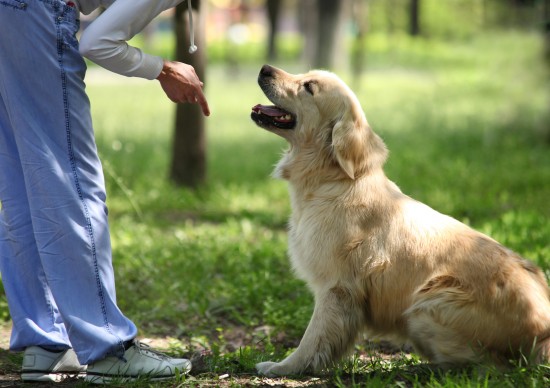 Positive And Negative Reinforcement Dog Training
Positive And Negative Reinforcement Dog Training
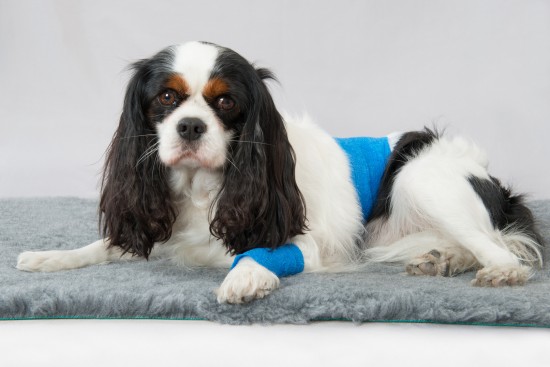 Why Dogs Act Strangely After Having Surgery
Why Dogs Act Strangely After Having Surgery
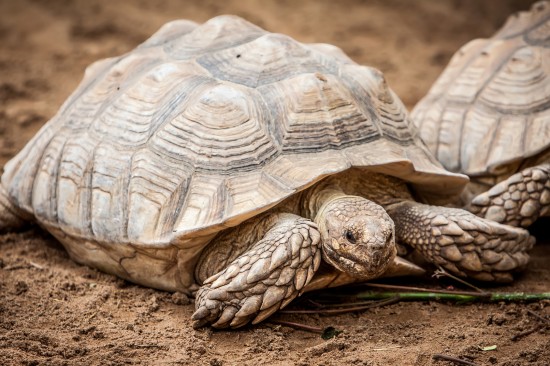 Fun & Interesting Facts About Tortoises
Fun & Interesting Facts About Tortoises
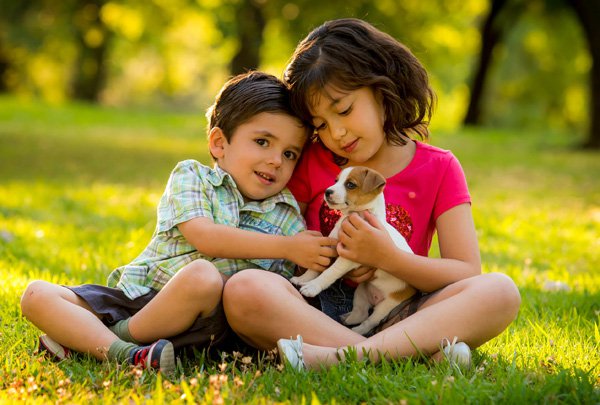 Enjoy the outdoors with your dog this autumn with an airline approved dog carrier
Enjoy the outdoors with your dog this autumn with an airline approved dog carrier
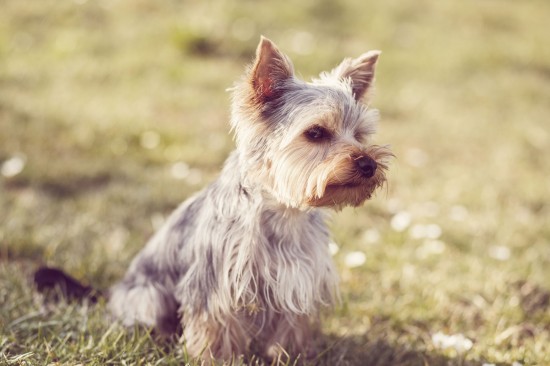 Tracheal Collapse In Dogs
Tracheal Collapse In Dogs
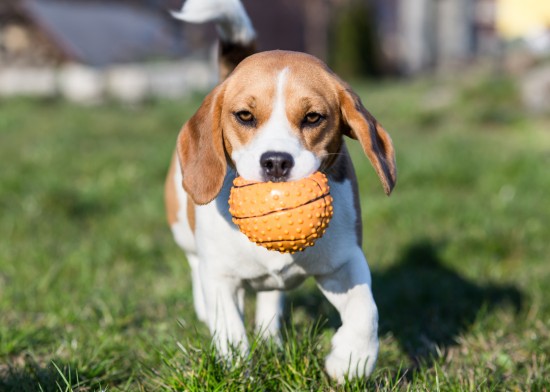 Four Ways To Teach Your Dog Or Puppy Better Bite Inhibition
Four Ways To Teach Your Dog Or Puppy Better Bite Inhibition
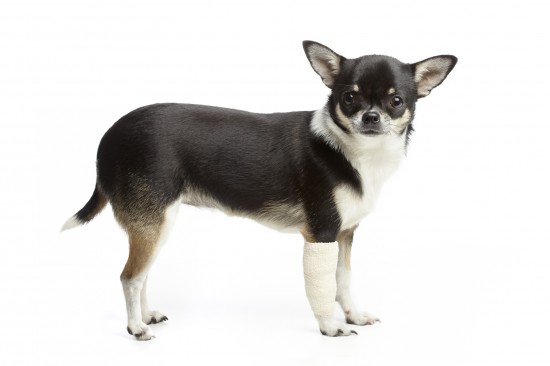 Total Elbow Replacement In Dogs
Total Elbow Repla
Total Elbow Replacement In Dogs
Total Elbow Repla
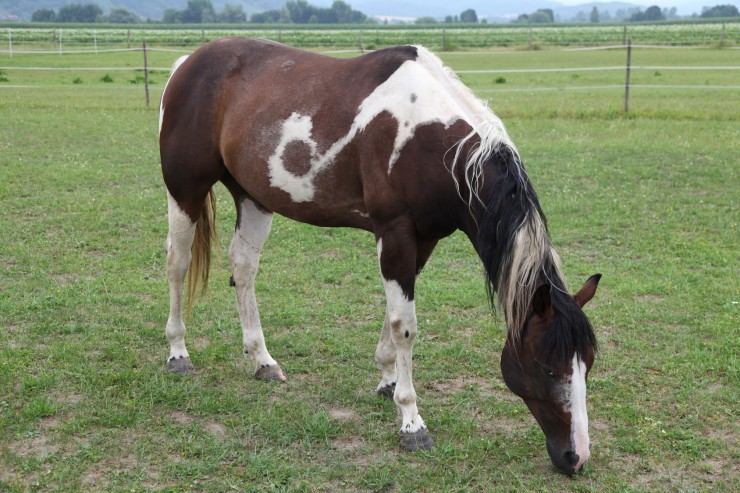 Do Older Horses Need To Be Vaccinated And Wormed?
Do Older Horses N
Do Older Horses Need To Be Vaccinated And Wormed?
Do Older Horses N
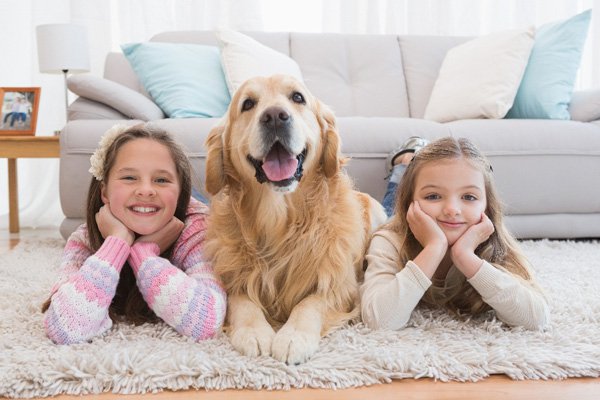 Stop The Headaches, Learn More About Dogs
Stop The Headaches, Learn More About Dogs
In s
Stop The Headaches, Learn More About Dogs
Stop The Headaches, Learn More About Dogs
In s
 Unwanted Pregnancy In Dogs - The Options
Unwanted Pregnanc
Unwanted Pregnancy In Dogs - The Options
Unwanted Pregnanc
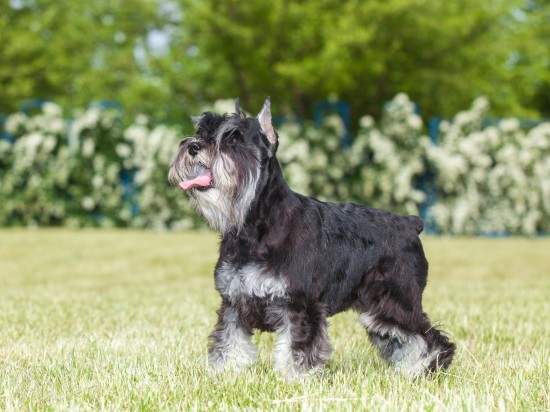 Some More Information On The Miniature Schnauzer
Some More Informa
Some More Information On The Miniature Schnauzer
Some More Informa
Copyright © 2005-2016 Pet Information All Rights Reserved
Contact us: www162date@outlook.com